6 resilient ASX stocks for if (when) the market turns bad
It already seems like a lifetime ago, but the market wobble in the US a couple of Fridays back was a timely reminder that markets can be volatile and the direction of travel is not always higher.
So, what would you do if markets took a deeper, more protracted dive?
There has been plenty of lively conversation on Livewire about whether shifting to cash or staying steadfastly bullish is the right move, but there are other levers that can be pulled – particularly when it comes to equities. Company selection, for example, can provide a degree of protection in a softer market, without having to make an all-in or all-out call.
With that in mind, I asked three experienced stock-pickers - Michael O'Neill (IML), Jack McNally (Airlie Funds Management), and Joel Fleming (Yarra Capital Management) — what makes for a resilient company, and which stocks they believe best fit the bill.
Defining resilience
All three managers start with a similar premise: a company must first be able to survive a downturn before it can thrive through one.
As Joel Fleming of Yarra Capital Management explains:
“Resilience is the ability to weather a storm and hold underlying economic outcomes — if not improve on them. The signals we focus on are the balance sheet, a point of differentiation, and the management team and their strategy.”
For Fleming, sustainable cash flows and low leverage are critical, while differentiation and management quality define whether those financial foundations can compound over time.
Michael O’Neill at IML takes a more systemised approach, saying his team quantifies resilience through “a comprehensive quality score, which captures franchise, management, and financial strength.” Recurring earnings and balance-sheet flexibility are central.
“Recurring earnings can come from contracted revenues such as long-term leases or subscriptions, essential products or services with limited substitutes, and regulated monopolies,” he says.
“Balance-sheet resilience helps avoid emergency raisings or fire-sales when markets are volatile - and ideally provides the flexibility to make opportunistic acquisitions at bargain prices.”
Jack McNally of Airlie frames it around behaviour in the heat of battle.
“At Airlie, we define resilience as the ability of a business to manage through a downturn — and ideally to take advantage of volatility while competitors are retrenching.”
He points to Aristocrat Leisure’s (ASX: ALL) decision to keep funding R&D during COVID as a textbook example: “When the industry recovered, those decisions translated into meaningful market-share gains and long-term value creation.”
Across the three, balance-sheet strength and recurring or highly visible earnings sit at the core, while management discipline and strategic differentiation provide the edge.
The earnings shield
If resilience defines who can stay standing, the next question is who can keep earning.
McNally believes the best-positioned companies combine “high overall margins and a flexible cost base” that lets management react quickly as revenues soften. “The level of discretionary or ‘fat’ spending matters too,” he says.
“Some companies deliberately reinvest part of their margin into areas like marketing or product development. In a downturn, they can scale back those non-core costs to protect earnings without damaging the franchise.”
Pricing power remains “critical in the current environment, where cost inflation persists even as demand softens.” That pricing power, he adds, ultimately stems from genuine competitive advantage - strong brands, market leadership, or product differentiation that allows a business to pass through cost increases without losing customers.
O’Neill agrees on pricing power but adds another dimension: supplier leverage. “Companies can maintain margins through tough times if they have pricing power with customers and bargaining power with suppliers,” he notes.
“Pricing power helps offset rising input costs and build moats; supplier leverage provides certainty on costs, payment schedules, and supply - which matters when tariffs and disruptions bite.”
He also cautions that producers of commodities often lack such pricing power and remain at the whim of capital-market cycles.
Fleming approaches it through competitive positioning. “Those companies that can weather the tough times, take market share, and maintain margins typically have an improved cost base or deliver a higher level of customer service,” he says. He cites TPG and iiNet as examples of finding and owning a niche rather than competing solely on price.
“At the moment, any company that offers a solution allowing another business to focus on its core operations - like Salesforce - has a competitive advantage.”
While the language differs, the pattern is clear: margin flexibility, disciplined cost management, and pricing or supplier power form the earnings shield that protects profitability when conditions tighten.
The macro filter
When growth slows and volatility spikes, where do these managers look for cover?
For O’Neill, the answer remains the traditional defensives. “When the music stops and volatility returns, you can sleep easier if you’re invested in healthcare, utilities, staples, critical infrastructure, and select industrials,” he says.
“These sectors generally have growing cashflows and dividends less dependent on the cycle.”
He also highlights that many quality names in these areas have not participated fully in the recent rally, leaving valuation support if markets wobble. At the same time, he is actively seeking diversification and avoiding concentration in financials, which remain over-represented in the local index.
He’s also cautious on discretionary retailers trading at record valuations and on exuberant themes such as data centres and AI that have attracted a flood of capital.
McNally takes a similar line but adds a structural-growth twist: “When growth slows or volatility spikes, resilience is usually found in defensive end markets - industries providing essential goods or mission-critical services customers can’t easily forgo.
It’s also seen in businesses driven by structural rather than cyclical growth, benefiting from themes such as digitisation or the ageing population.” Conversely, he is cautious on “highly leveraged or discretionary sectors reliant on cheap credit or buoyant consumer spending.”
Fleming looks for the same predictability in cash flows, noting that “industries with longer-dated annuity earnings - whether software, consumer staples or infrastructure - are often sought after in challenging times.” He points out that healthcare “hasn’t been the safe haven it once was” but remains structurally appealing.
As for areas to avoid, Fleming warns against “pockets of exuberance” in gold, rare earths and critical minerals, preferring fundamentals over speculative narratives.
All three emphasise sustainability and visibility of earnings rather than chasing short-term momentum - though each defines that defensiveness slightly differently: O’Neill through regulation and cash yield, McNally through essentiality and secular trends, and Fleming through the annuity profile and rational valuations.
The stock specifics
When theory meets practice, what companies do they believe can hold up, or even prosper, when markets turn? Each manager shared two ideas.
MANAGER: Joel Fleming (Yarra Capital Management)
#1 - Southern Cross Electrical (ASX: SXE)
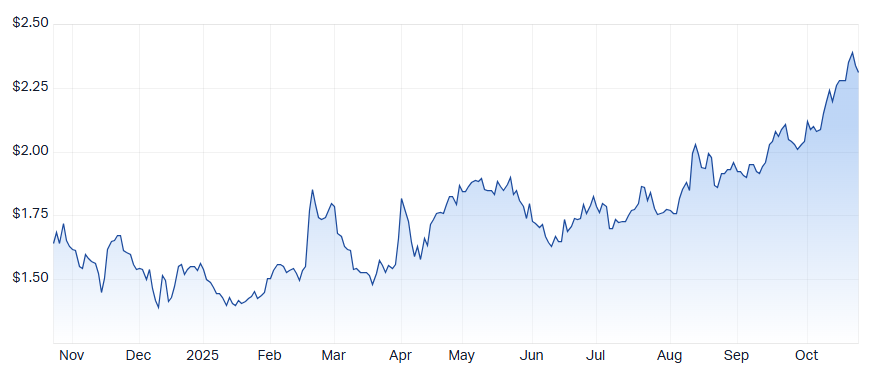
SXE is a diversified electrical contractor with exposure to data centres, government infrastructure such as Western Sydney Airport, and major retail clients.
“There’s resilience in the diversity they’ve created, a finite resource in the form of qualified electricians, and a really strong net-cash balance sheet,” he says.
“It’s trading on reasonable multiples and benefits from the ongoing need to invest in the grid.”
#2 - Energy One (ASX: EOL)
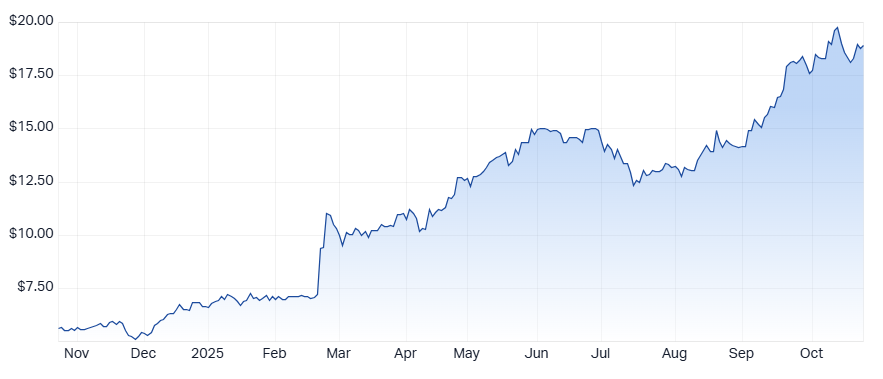
EOL is a software firm servicing the energy sector. “The market is structurally changing and Energy One provides a credible solution to manage inputs into the grid and pricing cycles,” Fleming explains.
“Its annuity-style software revenues and high switching costs add to resilience.”
He also highlights the company’s solid balance sheet, which provides additional flexibility to navigate market change.
MANAGER: Jack McNally (Airlie Funds Management)
#1 - The Lottery Corporation (ASX: TLC)
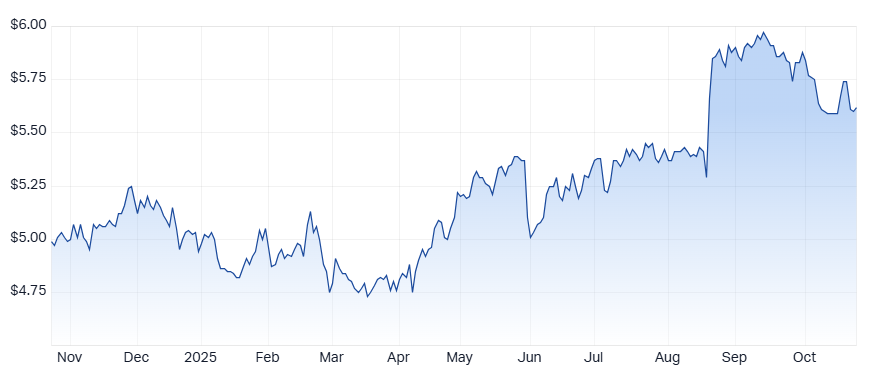
TLC operates in “a defensive market where demand has proven largely insensitive to economic conditions.” McNally notes its steady turnover growth across two decades of cycles and “strong cash generation that makes it well suited to periods of volatility.”
#2 - ResMed (ASX: RMD)
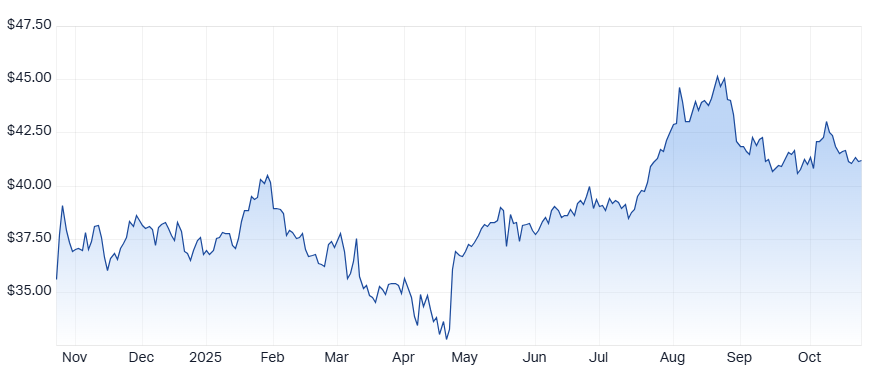
RMD benefits from long-term structural trends:
“The global rise in sleep apnoea and the shift to home-based, digitally connected therapy", says McNally
With a net-cash balance sheet and low capital intensity, ResMed’s earnings are “well insulated from cyclical weakness and positioned to emerge stronger from any downturn.”
MANAGER: Michael O’Neill (IML)
Dalrymple Bay Infrastructure (ASX: DBI)
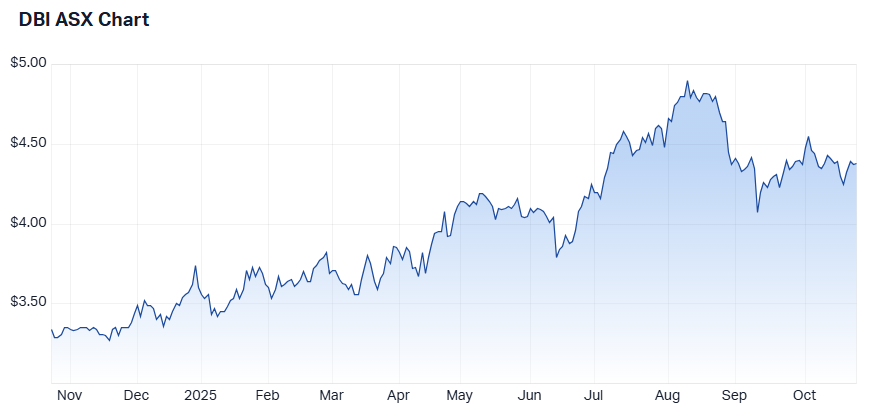
DBI is “one of the most resilient ASX-listed companies,” says O'Neill. With a lease on its Queensland coal-export terminal through 2051 (extendable to 2100), DBI earns inflation-linked cash flows under a supportive regulatory regime.
“It underpins a solid and growing quarterly dividend with strong downside protections.”
Charter Hall Retail REIT (ASX: CQR)
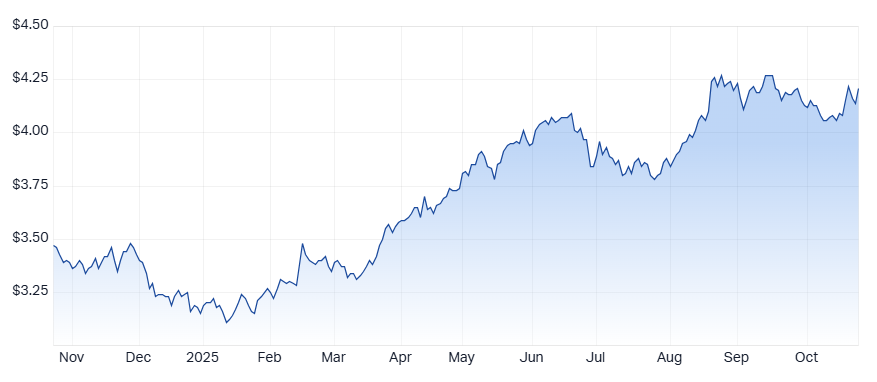
CQR operates a portfolio of convenience-retail assets anchored predominantly by supermarkets.
“Its rents from Woolworths and Coles grow with turnover, occupancy rarely drops below 98%, and its petrol-station assets have long-dated, triple-net leases,” O’Neill says.
“Recent acquisitions have been accretive, adding to its already defensive and growing cash flows.”
Key insights
Across all six names, common threads emerge: recurring revenue, conservative balance sheets, and exposure to essential or structurally supported demand.
Yet they span an impressive breadth, from infrastructure and energy software to retail property and healthcare - underscoring that resilience can wear many faces.
While the catalysts for the next market stumble remain unknowable, what’s clear is that resilient businesses share tangible traits: sustainable cash flows, prudent leverage, strong management, and the ability to keep investing when others can’t.
As McNally summarises, “Downturns tend to be a brief setback for well-capitalised companies, but can leave a permanent mark on those carrying too much debt.”
For investors wanting to stay the course, that might be the most resilient lesson of all.

3 topics
6 stocks mentioned
3 contributors mentioned
